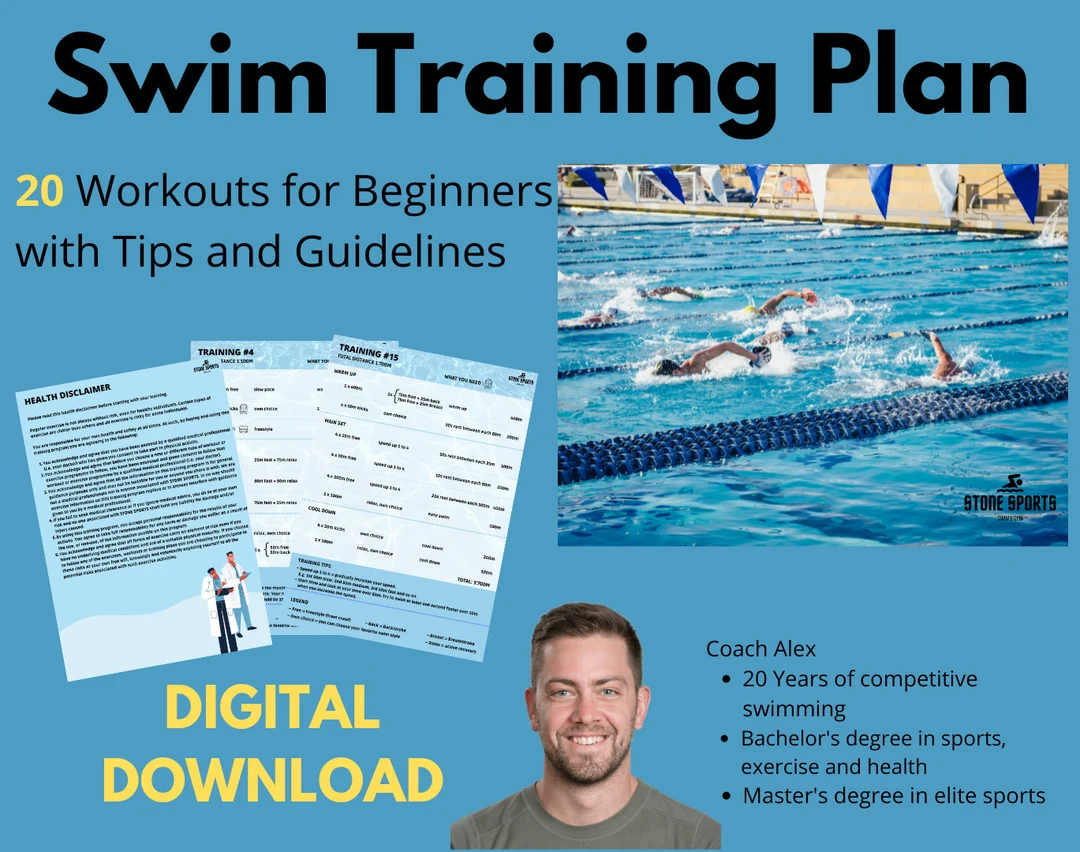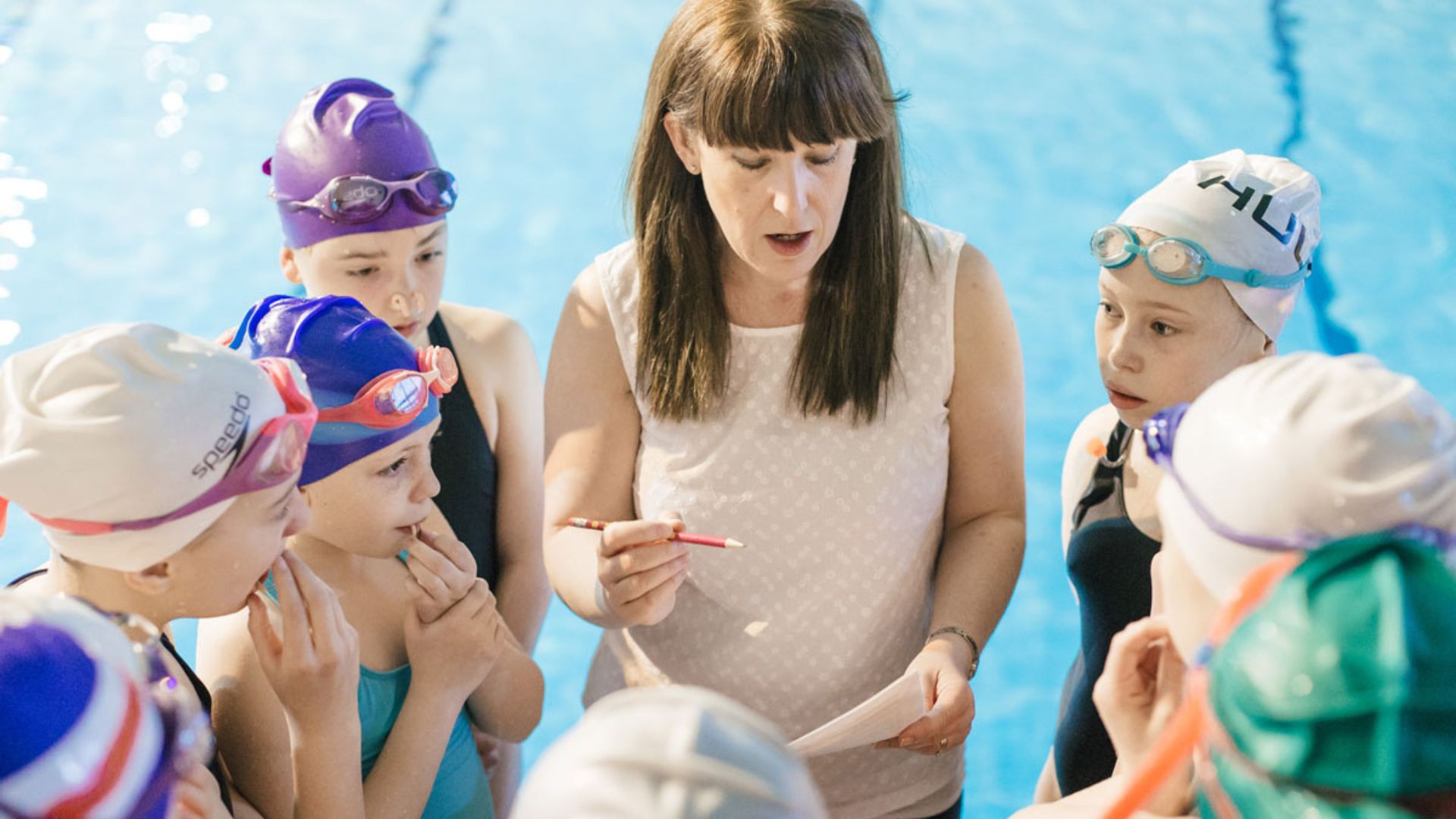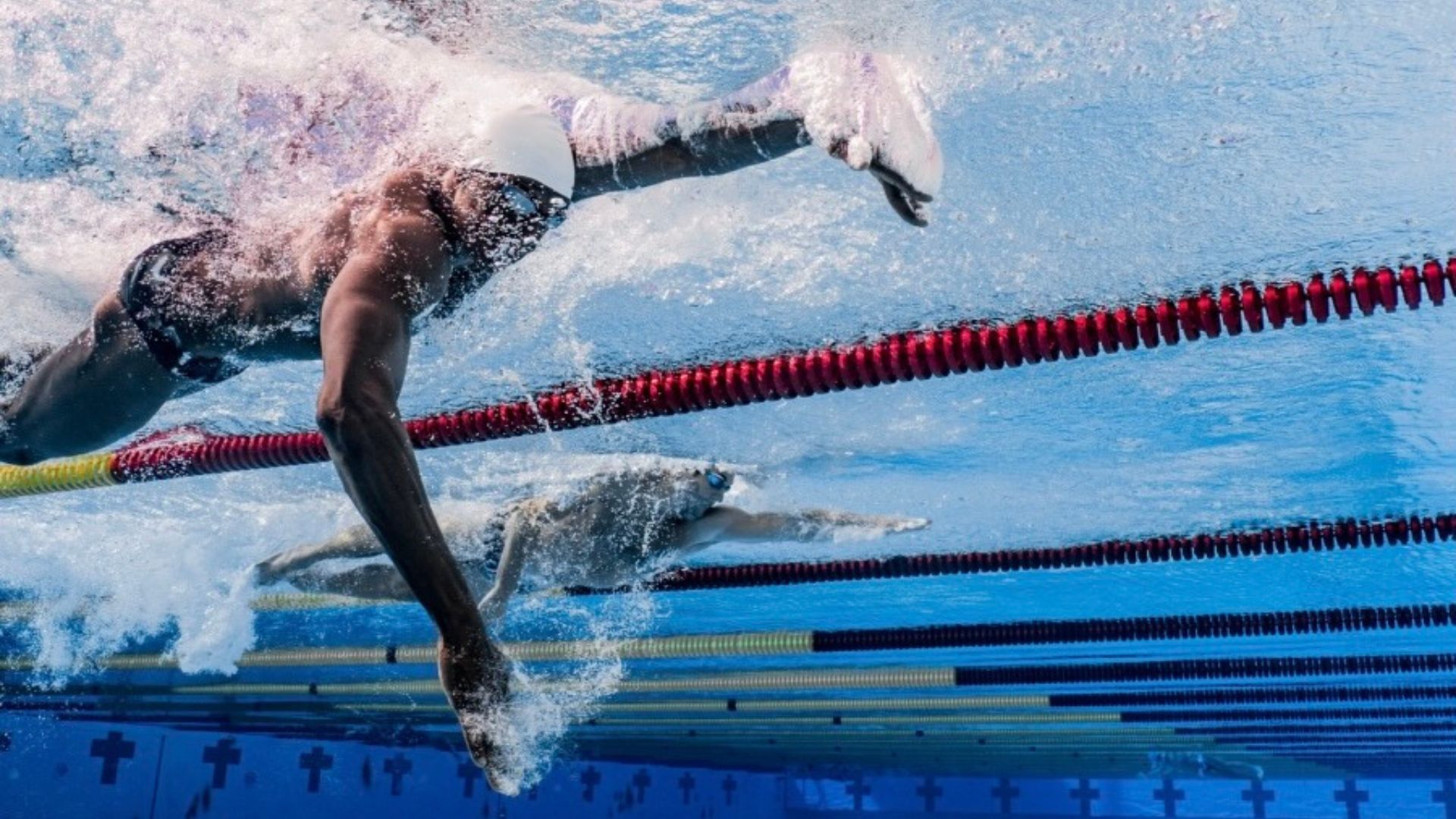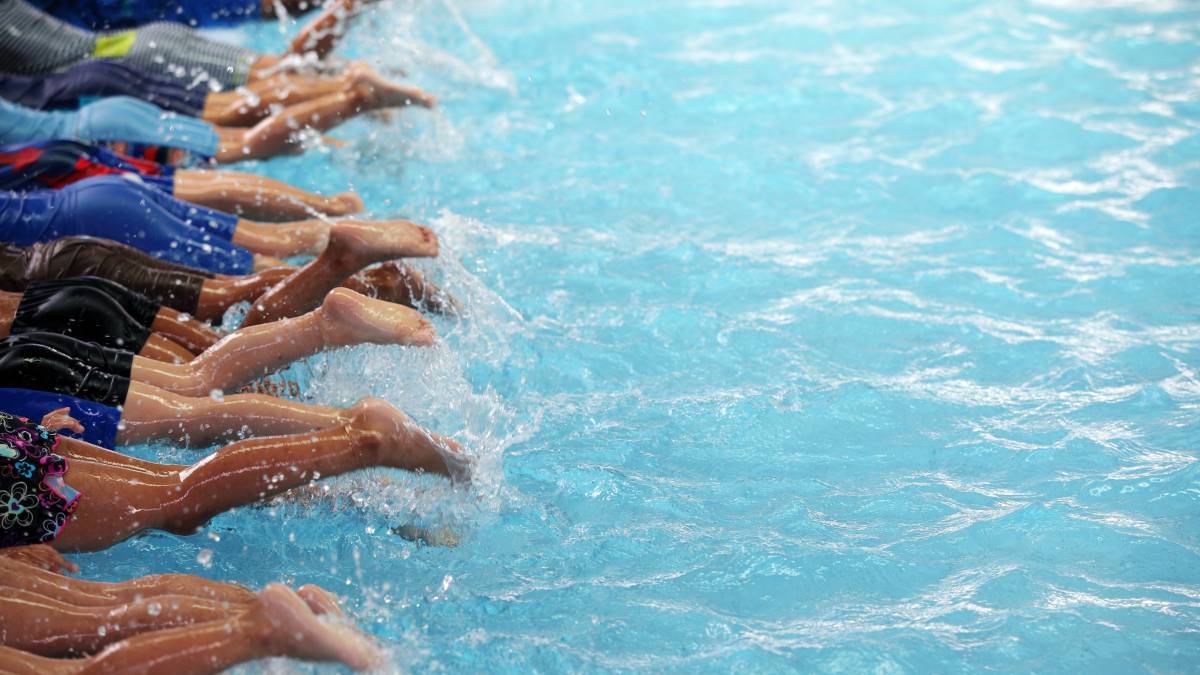Building a personalized swimming training plan is essential for achieving specific fitness goals, whether you aim to improve technique, increase endurance, or prepare for competition. Moreover, a tailored plan considers individual strengths, weaknesses, and training preferences. Therefore, understanding how to structure and customize your training regimen is crucial for maximizing results and enjoying swimming as a sport and fitness activity.
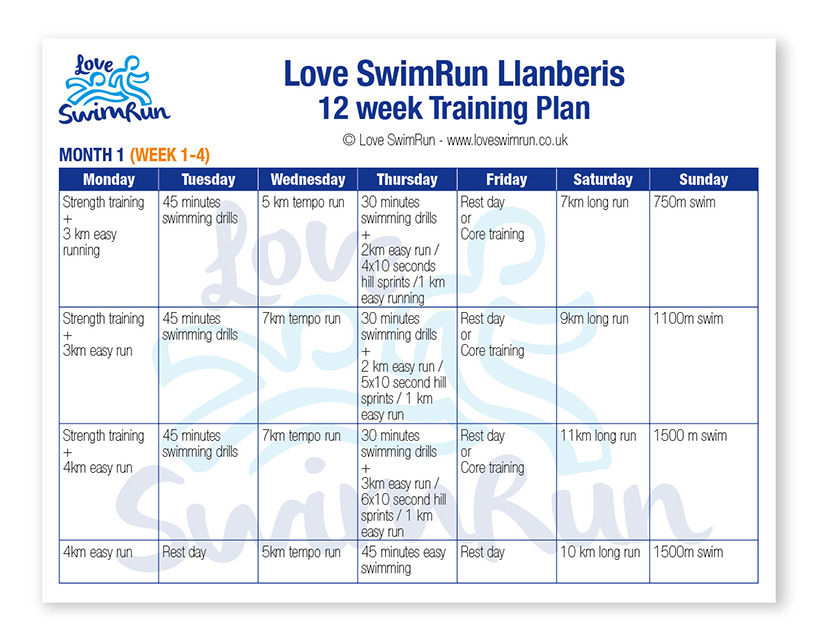
Assess Your Current Fitness Level
Begin by assessing your current fitness level and swimming abilities. Evaluate your proficiency in different strokes, endurance capacity, and overall swimming technique. Moreover, consider any specific areas you want to improve, such as speed, endurance, or stroke refinement. Additionally, identify any limitations or challenges that may affect your training, such as time constraints or access to facilities. Therefore, conducting a thorough self-assessment provides a baseline for developing a personalized training plan.
Set Clear and Realistic Goals
Establish clear and realistic goals based on your assessment and desired outcomes. Define specific objectives, such as improving lap times, mastering a new stroke, or completing a certain distance without stopping. Moreover, set both short-term and long-term goals to track progress and maintain motivation. Additionally, prioritize goals that align with your interests and aspirations in swimming, whether recreational fitness or competitive achievement. Therefore, setting achievable and meaningful goals provides direction and focus for your training plan.
Determine Training Frequency and Schedule
Determine how often you can realistically commit to swimming workouts each week. Consider factors such as work, school, or other obligations that may influence your schedule. Moreover, aim for consistency in training frequency to maintain progress and build endurance effectively. Additionally, create a weekly training schedule that includes specific days and times dedicated to swimming sessions. Therefore, establishing a consistent training frequency and schedule ensures regularity and accountability in your swimming training plan.
Choose Appropriate Swimming Workouts
Select swimming workouts and exercises that align with your goals and fitness level. Incorporate a variety of strokes, drills, and intensities to improve technique, endurance, and overall fitness. Moreover, include warm-up and cool-down routines to prepare muscles for activity and promote recovery. Additionally, consider incorporating interval training, distance swimming, and skill-specific drills to enhance performance and address weaknesses. Therefore, choosing diverse and balanced swimming workouts optimizes training effectiveness and prevents monotony.
Incorporate Strength and Cross-Training
Integrate strength training and cross-training exercises into your swimming training plan to enhance overall fitness and performance. Focus on exercises that target core strength, flexibility, and muscular endurance. Moreover, incorporate activities such as running, cycling, or yoga to complement swimming workouts and prevent overuse injuries. Additionally, vary your cross-training activities to challenge different muscle groups and maintain overall fitness. Therefore, incorporating strength and cross-training enhances physical conditioning and supports swimming performance.
Monitor Progress and Adjust Accordingly
Regularly monitor your progress by tracking key metrics such as lap times, stroke efficiency, and endurance levels. Evaluate how well you are meeting your goals and identify areas for improvement. Moreover, adjust your training plan as needed based on progress, feedback from coaches or trainers, and changes in fitness objectives. Additionally, celebrate achievements and milestones to stay motivated and committed to your training regimen. Therefore, monitoring progress and making necessary adjustments ensure your training plan remains effective and aligned with your goals.
Focus on Recovery and Rest
Prioritize recovery and rest as essential components of your swimming training plan. Allocate time for adequate rest between workouts to prevent overtraining and promote muscle recovery. Moreover, incorporate recovery strategies such as stretching, foam rolling, and relaxation techniques to reduce muscle tension and improve flexibility. Additionally, prioritize quality sleep and hydration to support overall recovery and performance. Therefore, emphasizing recovery and rest enhances recovery, reduces injury risk, and optimizes training outcomes.
Seek Professional Guidance and Support
Consider seeking guidance from a qualified swim coach or trainer to develop and refine your personalized training plan. A coach can provide expert advice on technique, training progression, and goal setting. Moreover, they can offer personalized feedback and encouragement to enhance your performance and motivation. Additionally, join swimming clubs or communities to connect with like-minded individuals and gain support throughout your swimming journey. Therefore, leveraging professional guidance and community support enhances accountability, learning, and enjoyment in your swimming training plan.
Conclusion
In conclusion, building a personalized swimming training plan requires careful consideration of your current fitness level, goals, schedule, and preferences. By assessing your abilities, setting clear goals, and establishing a structured training regimen, you can effectively improve technique, endurance, and overall performance in swimming. Moreover, incorporating diverse workouts, strength training, recovery strategies, and seeking professional guidance enhances training effectiveness and enjoyment. Therefore, by following these tips and maintaining consistency, you can develop a personalized swimming training plan that supports your fitness goals and promotes lifelong enjoyment of swimming. Happy swimming!
